HALLOWELL — Some 170 people swarmed throughout the old Hallowell quarries Sunday, mining memories of summer days and an industry gone by.
It’s been 80 years since the quarries, known for their fine-grained, light-colored Hallowell granite, were actively mined.
But that doesn’t mean it wasn’t an active place for those 80 years. Multiple generations of risk-takers took to the quarry to leap off up to 60-foot-high cliffs and swim in its cold, clear water after it was shut down and became flooded with spring and rain water.
“I used to come up here swimming in the 40s,” said Roger Badershall, of Augusta, as he looked out over the edge of the large front quarry during a tour of the site organized by the Kennebec Historical Society. “Back then, these big derricks stuck up out of the water. A bunch of us kids would all get together and come swimming every Saturday and Sunday. We usually swam in the back one; we jumped off the 60 footer. The front quarry was for the wimps.”
He said his wife’s grandfather used to work in the quarries.
Badershall said he came on the tour Sunday because, when he was swimming there, he always wondered what was down there.
The front quarry has been drained of water this year, down to about eight feet, exposing perhaps tons of rusty, twisted metal railroad tracks, cranes, carts, 100-plus-year-old mining tools, a “donkey” engine from the 1800s, cables, cribwork and more modern debris such as beer bottles, shotgun shells, clothing, shoes and at least one deflated beach ball.
Apparently Badershall wasn’t the only one curious about what was down there, as roughly 170 people crowded in front of owner Lenny Nason’s home on the site, making for a somewhat chaotic, if entertaining, tour.
“This is a large group — a bit larger than we expected,” Kennebec Historical Society President Ernest Plummer, of Pittston, said, speaking from Nason’s second-story porch so he could address the entire crowd at once.
Nason, 77, drained the front quarry so he could restart mining operations there. He said workers will begin mining the quarry again in about two weeks. He said he was approached by firms doing work on the capitol building of New York, which he said was built in the 1860s with $25 million worth of Hallowell granite. They’re looking to use granite from the quarry again as they work on the building.
“About $70 million in granite was taken out of these two holes,” the affable Nason said. “But they left some of the best stuff. I’ve got good granite in here. Some of that hasn’t been touched in 200 years. People want it.”
He said before 1829, workers used hammers and wedges to cut slabs of granite. He pointed out a rusted old engine, which he said was a “donkey” engine used to power a crane which pulled granite out of the quarry in the 1800s.
Nason said the quarries were originally owned by Gov. John Hubbard. They were abandoned after the rise of concrete as a building material.
He said the early quarry workers put in 56-hour weeks and earned between $1.65 and $3 a day.
Dozens of people toted cameras on the tour, snapping photos of their companions posing with the abandoned equipment or in front of sheer cliff walls.
Others walked along granite ledges covered until recently by water at Stinchfield Quarry, located at the front. Others dangled their feet in the water of the still-flooded Longfellow Quarry, site of the infamous 60-foot leap which required a running start and jump to avoid ledges.
“This is not your typical historical society lecture,” Carolyn Ladd said as she walked amongst the granite slabs on the heavily forested site.
Nason, a retired banker, said in his younger days he was not allowed to join the locals who used to plunge off the quarry cliffs into the cold water below.
“I went in, swimming, probably 20 years ago,” Nason said. “I was so cold I was cold for two weeks.”
Keith Edwards — 621-5647
kedwards@centralmaine.com
Send questions/comments to the editors.


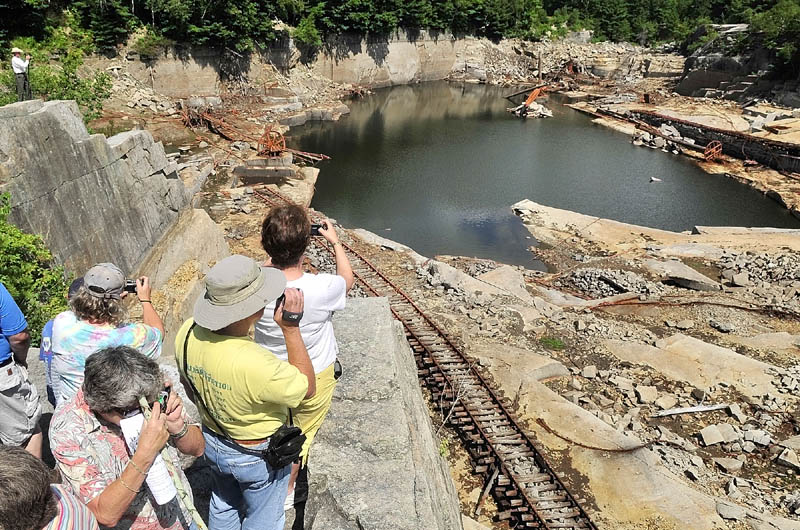
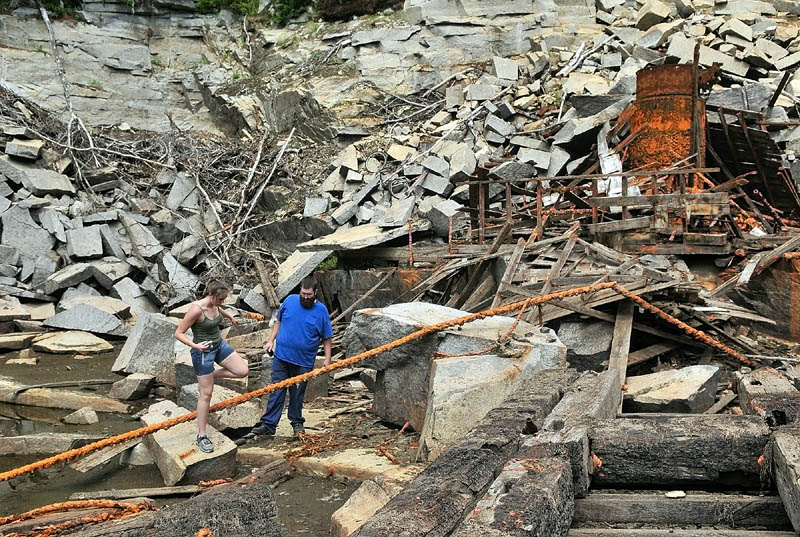
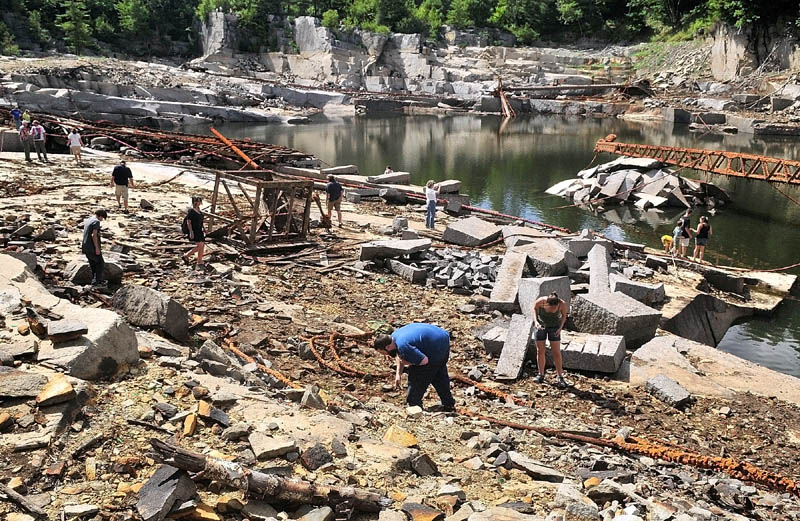
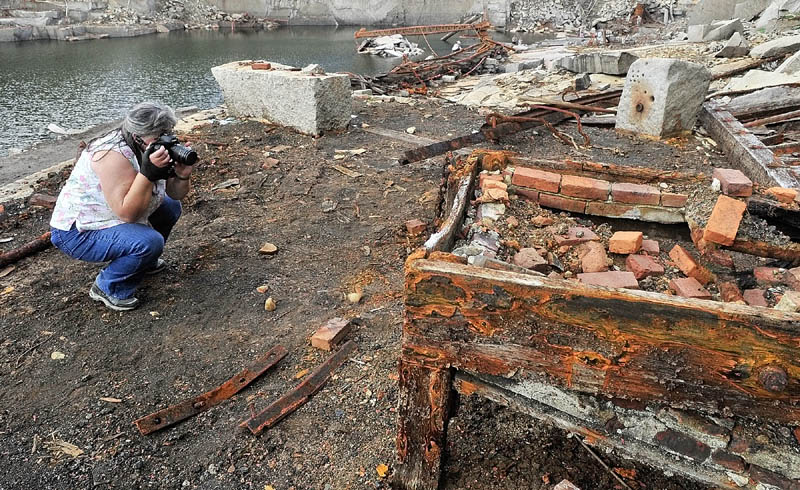
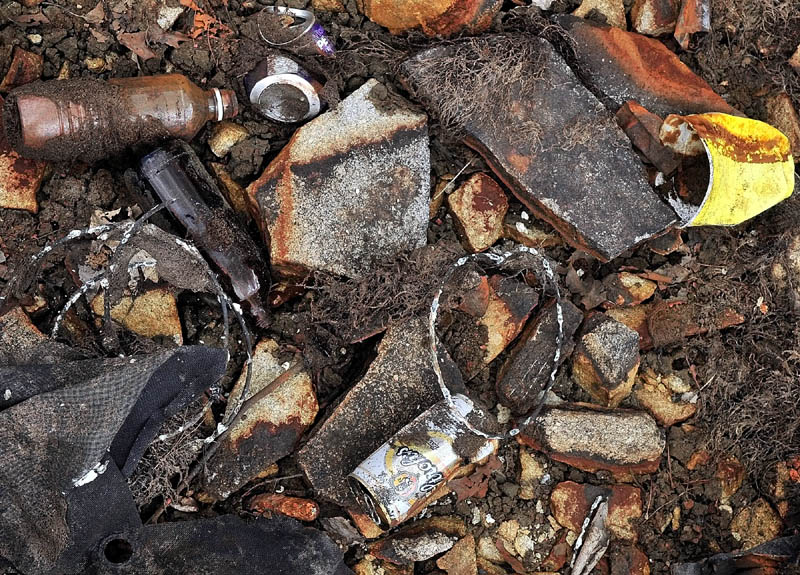
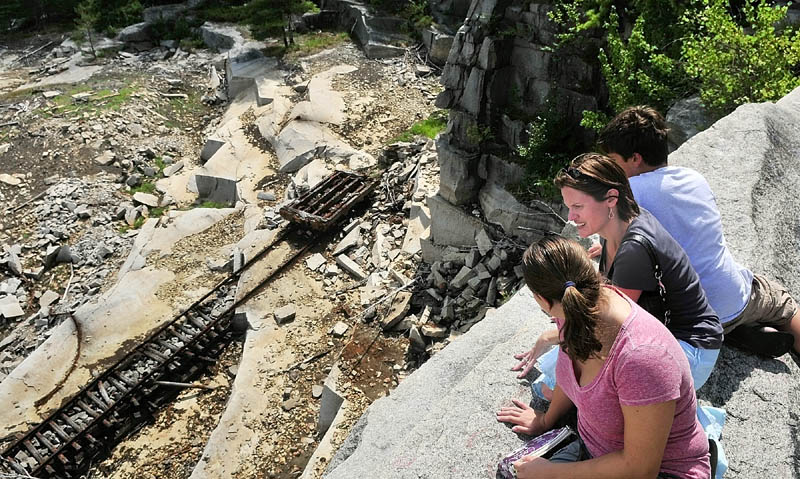

Comments are no longer available on this story